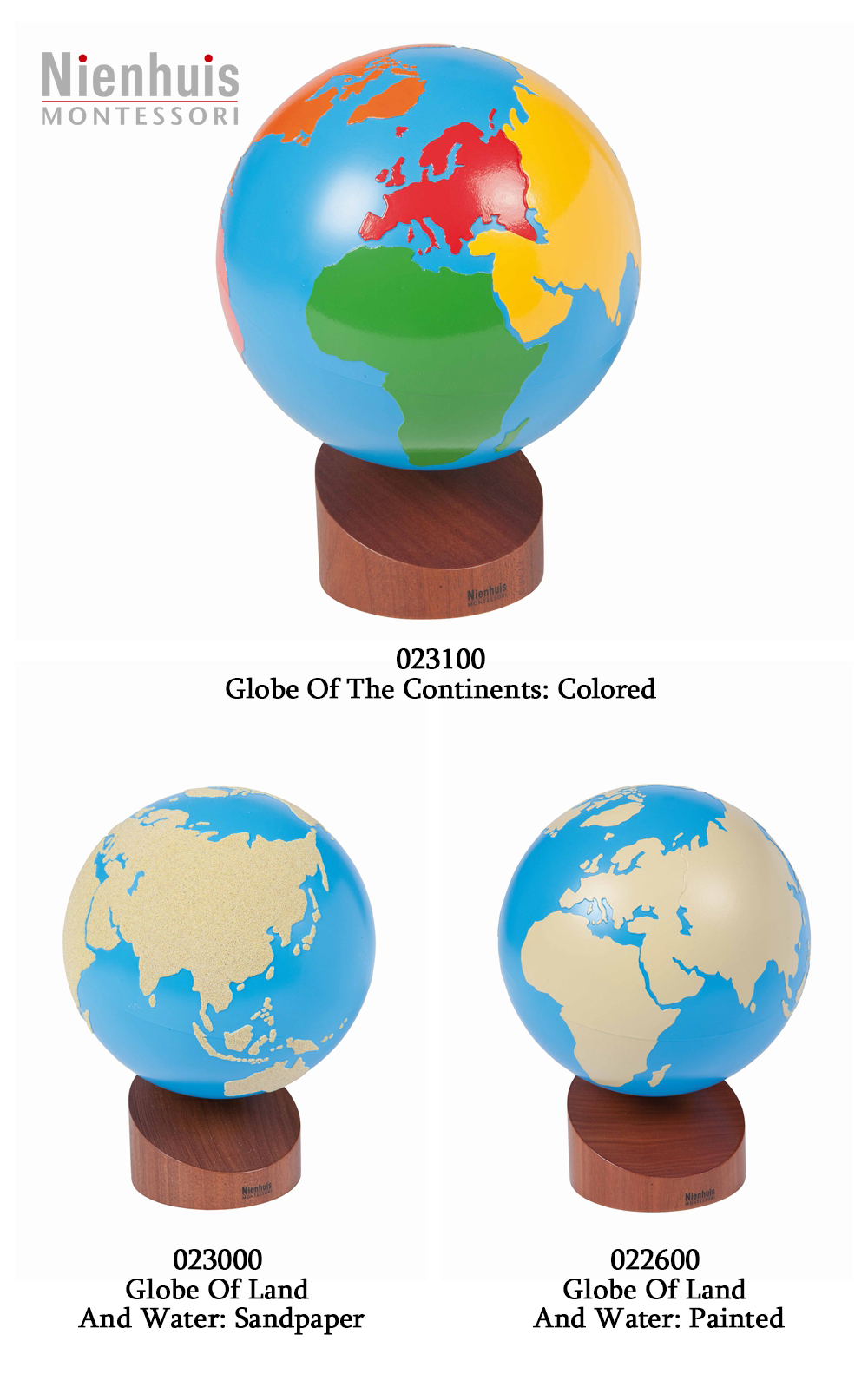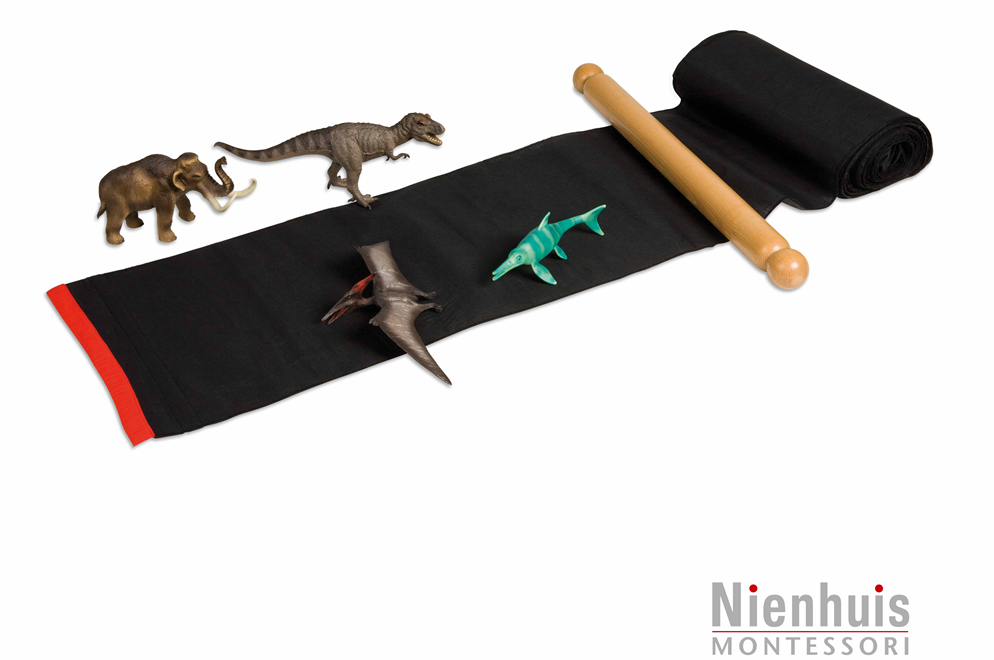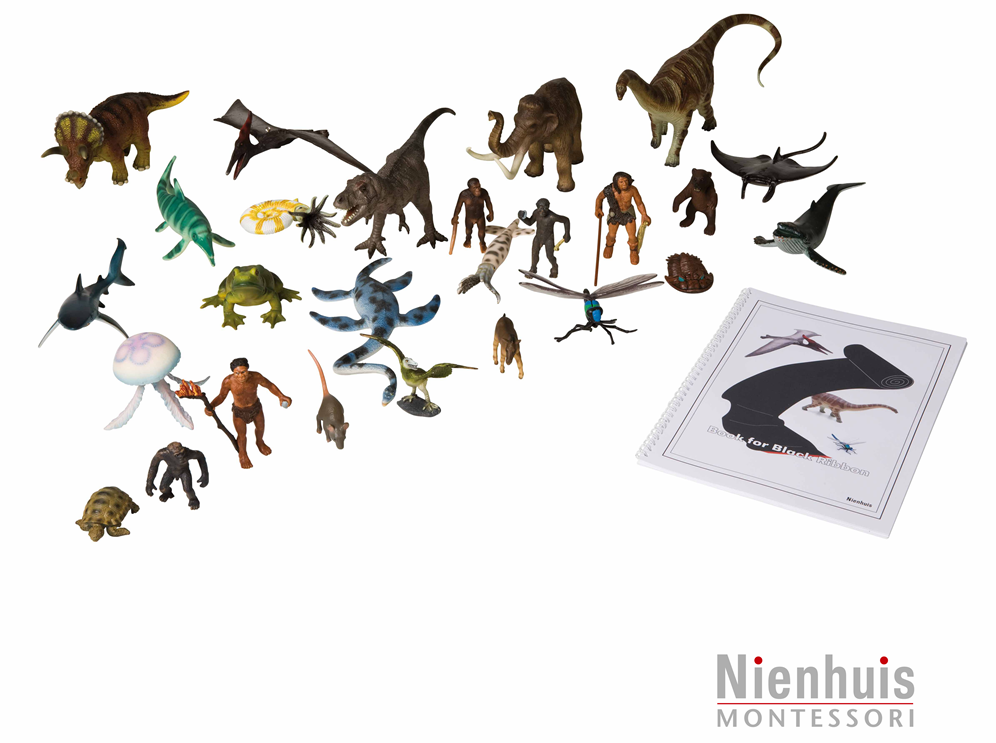Evolution of the World
Dr. Montessori thought in this intellectual period, the child’s questions are innumerable. He wants to know everything. His thirst for knowledge is so insatiable, and as teachers and parents should realize that genuine interest cannot be forced. She considered that the child exposed to these ideas will eventually be led to ask:
“What am I?”
“What is the task of man in this wonderful universe?”
“Do we merely live here for ourselves or is there something more for us to do?”
How to answer these questions? We should encourage children to explore, to orientate, to order, to communicate, to work, to repeat until relative perfection is reached, to create what is not there, are operative throughout life but take on a different direction at each Plane of Development.
Geography introduces children to the different cultures around the world and how they relate to their own culture, community and world. In addition to maps and landforms, students explore various differences between the world’s vast cultures.

066501
The Animal Continent Box
With the Globe Of Land And Water, the child gets a sensorial impression of land and water and the concept of continents is introduced. The children begin to build their knowledge of world geography

History is at the center of the Cosmic Education curriculum. This is the significance of Cosmic Education–work, relationships with the environment and with humanity.
It involves telling the story of human beings to the children and explaining that we are part of that continuing story. We hope to develop an appreciation for the gifts that humans have contributed and a feeling in the child that he/she will also be able to contribute something unique to the world. Many of the history lessons are presented as stories, often using timelines, charts and maps.

069500
The Black Ribbon

069551
Animals



![[sort:parentname]](/static/upload/image/20200303/1583213707546914.jpg)
![[sort:parentname]](/static/upload/image/20200303/1583213768825649.jpg)
